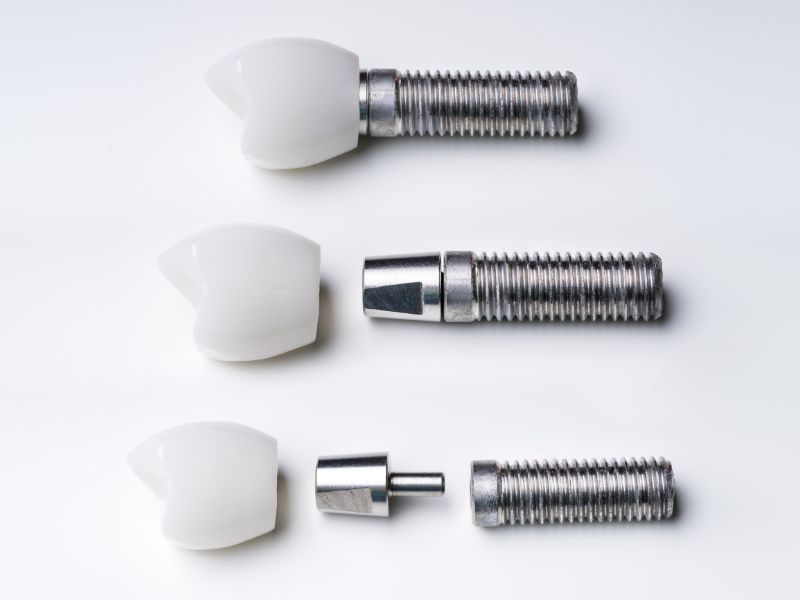Dental Implants: Modern Solutions for Lasting Oral Health

It's never a small thing to lose a tooth. Tooth loss can cause a chain reaction of changes in the mouth, in addition to leaving a gap in a smile. The teeth next to the one that has the root may start to move, the bite may change, and the bone that used to hold the root may start to go away. Over time, this bone loss can change the shape of the face in small ways, making the mouth look collapsed or the face look older than it really is.
For generations, patients had to accept dentures or bridges as the only way forward. Both helped restore function, but neither really dealt with the underlying issue of bone loss. That is where implants have changed the field: they not only replace the visible crown of the tooth, but they also replace the root, giving the tooth a new base for long-term health and stability.
How Implants Work in Practice
At their core, implants are titanium posts surgically placed into the jaw. Titanium is widely used in medicine because the body accepts it—bone will actually fuse to its surface in a process called osseointegration. Once the implant has settled in, you can put a custom crown, bridge, or even a whole denture on top.
The procedure is carefully planned ahead of time. CT scans and other imaging techniques give the surgeon a very accurate picture of the bone density, nerve position, and available space. Sometimes, the implant can be put in right after the tooth is taken out. Other times, the person may need to wait for the tooth to heal or have a bone graft first. The timeline varies, but the guiding principle is always the same: provide a strong, stable base that can last for decades.
Why Patients Choose Implants
- Implants feel stable and natural, unlike dentures that can move.
- They allow full chewing strength and clear speech.
- They help preserve bone by transmitting chewing forces to the jaw.
- They prevent the bone loss that often occurs with dentures.
Who Is a Good Candidate?
While implant treatment has become routine, success depends on careful selection and planning. A healthy foundation of bone is essential. Grafting procedures can rebuild bone that has already resorbed, but this makes treatment take longer. The health of your whole body is also important. Smoking, diabetes that isn't under control, or some medications may make things worse or slow down healing.
Another thing that is often not given enough credit is how committed the patient is to maintenance. Implants don't rot like real teeth, but gum infections can hurt them. Peri-implantitis is a condition that is similar to gum disease and can make things less stable if it isn't treated. This is why it's important to clean every day and see a professional regularly to protect the investment.
What to Expect Long Term
Most patients are surprised at how natural implants feel once the process is complete. They eat comfortably, smile without hesitation, and often forget which tooth is the replacement. Long-term studies consistently show survival rates above ninety percent after a decade, and many implants last much longer.
That said, they are not indestructible. Just like natural teeth, they rely on healthy gums and careful hygiene. With attentive care, they can remain strong for life. Without it, complications can develop. The difference often lies in consistent maintenance and follow-up.
A Thoughtful Path Forward
Dental implants are one of the most important new things in modern dentistry. They fix not only what is visible above the gum line, but also what is hidden below it. This protects bone, function, and overall oral health. Choosing implants is not just about looks; it's also a way to invest in your health and stability for years to come.
If you're thinking about this option, talking to a skilled surgical team can help you understand it better. Every case is different, so treatment needs to be based on the person's anatomy, health, and long-term goals.
To learn more or schedule a consultation, please call 515-416-4524.











